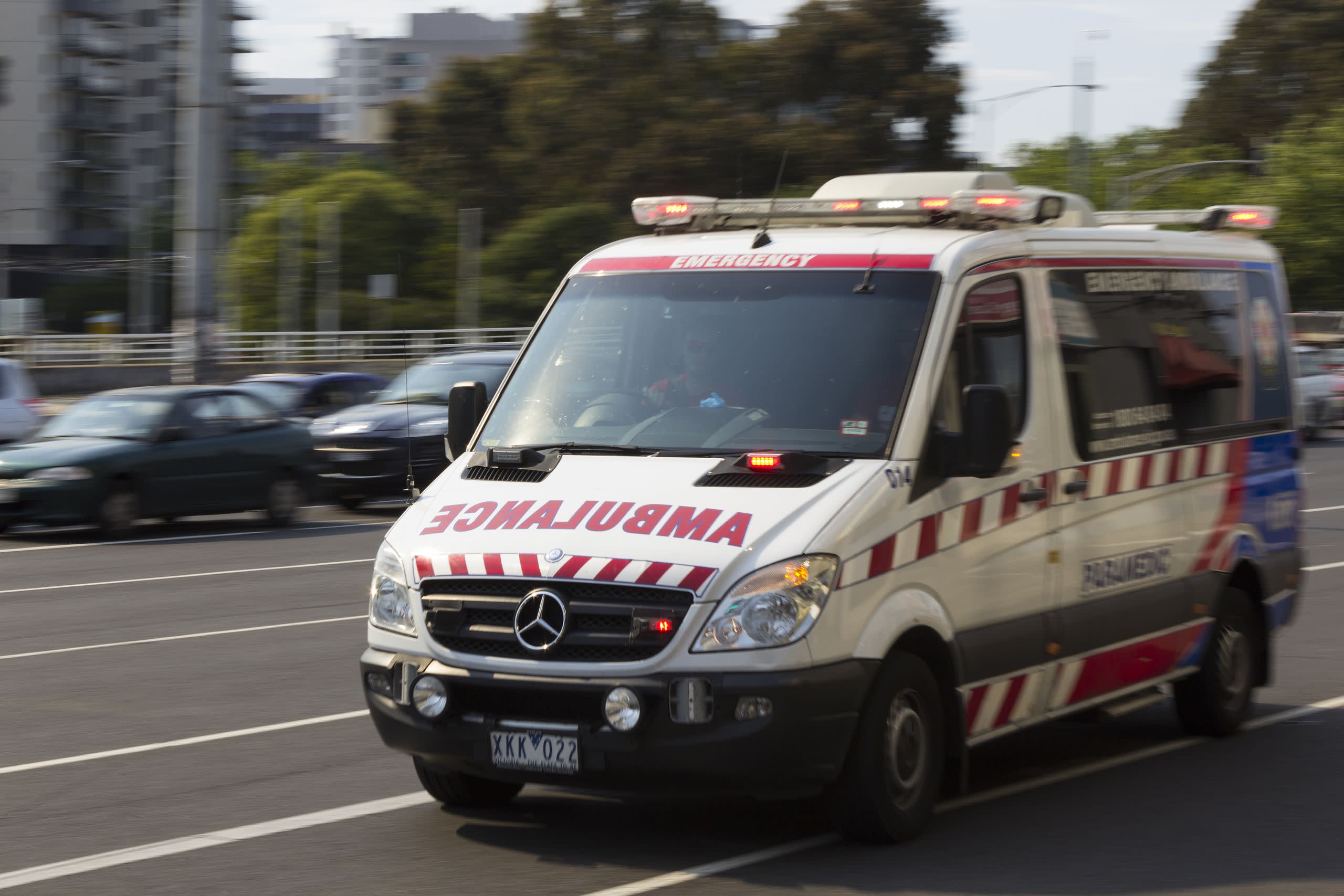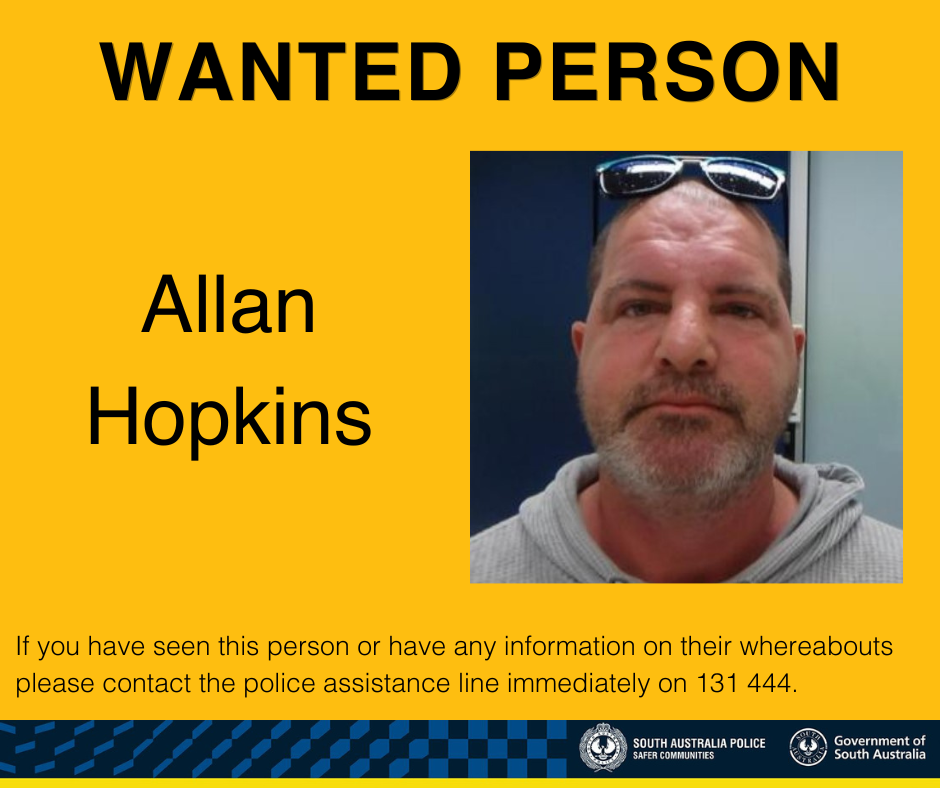Paramedicine is an evolving and integral component of the health system, and its importance is clear when issues such as ramping and wait times appear in the media.
Brett Williams
Professor and Head, Department of Community Emergency Health and Paramedic Practice
Ben Meadley
Adjunct Senior lecturer, Department of Community Emergency Health and Paramedic Practice
While paramedicine has historically relied on medicine and nursing to drive a research agenda – it has a well-established research presence – it still lacks the imprimatur of a formalised role of the clinician-academic.
Paramedic clinician-academics can drive the profession forward, which can only contribute to enhanced patient care, better systems design, and greater staff wellbeing. Here’s how.
Pushing the paramedicine research agenda
The movement to professionalise paramedicine in Australasia has been considerable over the past two decades, culminating in formalised undergraduate and postgraduate education programs and registration.
Notably, as a profession, paramedics are known to “possess complex knowledge and skills, a broad scope of practice”, and “practice under medical direction or independently, often in unscheduled, unpredictable, or dynamic settings”.
Historically, research supporting the practice of paramedics has been conducted by physicians and nurses in the hospital setting, and then adapted to the out-of-hospital environment.
However, during the past 20 years, paramedicine has established a strong international research profile, much of which is led by Australasian universities working in collaboration with jurisdictional ambulance services.
Despite the advancement of paramedic-led research being conducted across numerous settings, what remains lacking in Australasian paramedicine is a formalised pathway that actively supports paramedics to undertake research while concurrently maintaining clinical practice.
Expanding education pathways
Paramedics in the United Kingdom have established dual clinician-academic positions, yet such integration is not well-established in Australasia.
A formalised role where paramedics can divide their time between clinical, research, and education roles is vital for the profession’s continued development.

The most common education pathway for Australasian paramedics is to complete undergraduate coursework consisting of a three-year paramedic-specific bachelor’s degree, followed by a one-year supervised graduate program as an employee of a jurisdictional ambulance service.
During their undergraduate education, paramedics are exposed to fundamental research principles and undertake small research projects, and can undertake an honours program as a pathway to a higher degree by research (HDR), such as a Master of Philosophy or Doctor of Philosophy (PhD). However, the rudimentary research skills taught at the undergraduate level aren’t sufficient to empower larger-scale, impactful research.
The balancing act
There are a number of barriers to paramedics who want to study or work in academia while also working in the field. Part-time roles as a paramedic are difficult because of the operational requirements imposed by ambulance services.
For paramedics who do choose to complete postgraduate research or work concurrently in academia, they’re likely required to compromise their clinical careers, income, leisure, and family time.
Further, once established as a researcher, balancing ongoing clinical work with research may be dependent on grant funding to “buy out” clinical time.
Alternatively, paramedics may transition into full-time academic roles, limiting opportunities for clinical work.
For many clinicians, the desire to participate in research, higher degree research, or postdoctoral work is driven by a sense of passion and purpose, to enhance patient outcomes, staff welfare, system efficiency, and to progress the profession.
Paramedics should be supported to pursue these ideals while maintaining clinical practice.
These restrictions seem to be unique to paramedicine, as it’s common for people in other services to routinely hold both clinical and academic careers.
Support for clinician-academics in other fields of healthcare includes a “higher qualification allowance”, which provides some financial incentive to engage in research. However, while some industry awards include allowances for paramedics who have undertaken further coursework studies to qualify as specialist paramedics, no such allowance, nor title, exists for paramedics who complete higher degree research.
Further, where paramedics fulfil secondments to universities in a research-based capacity, the awards classifications for “non-operational” and “operational” employees are calculated separately, rather than rewarding the dual clinician-academic role with appropriate financial compensation.
This lack of integration (unique to paramedicine) fails to recognise the specialist skills and expertise such paramedics bring to paramedicine.
Paramedic clinician-academics are well-placed to identify clinical problems, undertake research to evaluate current practice, develop evidence for change, and educate the current and the next generation of practitioners.
It’s essential to recognise that the continued professionalisation of paramedicine must involve high-quality paramedicine-specific research led by paramedics.
Recognition and tangible support required
Formalising the role of the dual paramedic clinician-academic requires both the symbolic recognition via title classification as well as tangible support through workplace support schemes that allow appropriate time for research and clinical duties, and appropriate remuneration for acquiring these specialist skills.
The formalisation of this role will not only align paramedicine with other health professions, but will offer a multitude of other benefits, including additional career paths, better healthcare systems, and employment retention through increased job satisfaction.
Formalisation will also assist in identifying and making use of the often-undiscovered skills available to organisations employing paramedics who have sought the completion of research projects and/or an HDR.
The benefits to the wider community of being treated by paramedics with enhanced access to specialist knowledge and guidelines that have been developed in the paramedic-specific context is also a core benefit of actively advocating for the dual paramedic clinician-academic role.







